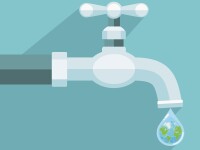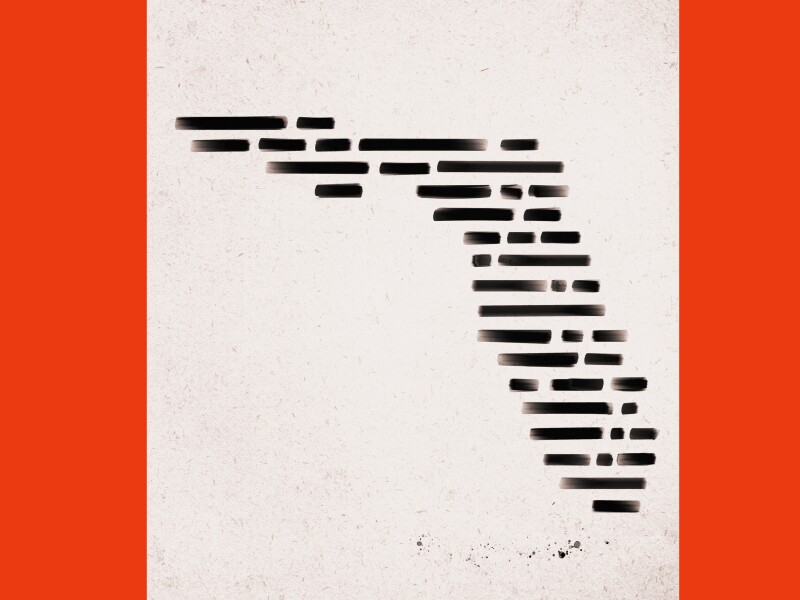While I was under
I was oblivious. So
that is what it means.
*
Time passed for others,
but not for me. Still I was
the one changed in time.
*
A drug for dreamless
sleep and amnesia – but what
was there to forget?
*
Foretaste? Forewarning?
But nothing comes of nothing –
and this was nothing.
*
The aesthetics of
anesthesia: blankness
has its own beauty.
*
Released from the spell
of virtual death, waking, too,
feels like enchantment.
*
Ashes to ashes,
dust to dust, both the old flesh
and the new chrome joint.
*
You pass through the door
to the unknown and enter
the same room you left.
© by Mark Jarman. Printed by permission of the author.
Mark Jarman is the author of nine books of poetry, most recently his new and selected poems, Bone Fires, just published by Sarabande Books. Jarman is an elector of the American Poets’ Corner at the Cathedral Church of Saint John the Divine in New York City. His awards include a Joseph Henry Jackson Award for his poetry, grants from the National Endowment for the Arts in poetry, and a John Simon Guggenheim Memorial Foundation fellowship in poetry. He is Centennial Professor of English at Vanderbilt University.
Arts & Academe’s poetry editor, Lisa Russ Spaar, notes: It is now widely understood that what we think of as haiku written in or translated into English (short poems of Japanese origin consisting of three lines of 5, 7, and 5 syllables, respectively, presented in three horizontal lines) represents a departure from the traditional haiku form (a brief poem, originally called hokku, often printed in a single vertical line, and consisting of 17 on (or morae) (sound units which are not the same thing as syllables), offered in phrases of 5, 7, and 5 on and characterized by “cutting” (kiru)—a juxtaposition of key elements—and a seasonal reference (kigo), which may or may not be drawn from the natural world.
Nonetheless, the haiku has persisted as a wildly popular form since Bashō and others gave it new life in the 17th century. In the 21st century, haiku societies abound across cultures and throughout the cyber-community, with focuses both scholarly and playful (at one dog-haiku site, for instance, a reader can find such gems as “Love my master; / Thus I perfume myself with / This long-rotten mouse” and “Today I sniffed / Many dogs’ behinds – I celebrate / By kissing your face.”). Books devoted to haiku on various pop-cultural themes (Hipster Haiku, for example) proliferate, and the form remains a staple in elementary schools even at a time when public school curricula, for one reason or another, often remain gunshy about poetry in general. In one Beavis and Butthead episode, a frustrated English teacher goes into paroxysms of joy when the snarky duo inadvertently heh, heh, heh their way into an impromptu haiku.
There can be no denying, however, that a good haiku possesses an inimitable power, even in its myriad and loose adaptations, and it makes sense that Mark Jarman, perhaps the most traditionally formally fluid and adept poet writing in America since the passing of Donald Justice, would choose it for an exploration of oblivion [<L oblivion, oblivio, to forget, perhaps from ob (“the way” ) and levis (“smooth”)] and in particular of the “aesthetics of / anesthesia” associated with a medical operation. While recovering from surgery to replace his right hip joint, in fact, Jarman wrote a haiku every day about the process. From the many of what he calls “hip haiku” produced during that convalescence, “Oblivion” consists of a sequence of eight discreet haiku poems. One effect of Jarman’s yoking together of these separate poetic “frames” is to mimic the surreal and oneiric flirtation with “dreamless / sleep and amnesia,” nothingness, nada, and the Big Sleep that surgical anesthesia with its “virtual death” suggests. Oblivion denotes both “the fact or condition of forgetting or having forgotten,” but also “the condition or state of being forgotten or unknown.” Both states can be terrifying, and must ultimately be confronted by the patient slipping in and out of general anesthesia:
While I was under
I was oblivious. So
that is what it means.
*
Time passed for others,
but not for me. Still I was
the one changed in time.
Jarman, the son and grandson of Christian ministers, has never been one to shy away from issues of faith and doubt in his poems. Across his long and acclaimed career, Jarman seems to believe that the path and not the destination is the way to enlightenment, a view shared by many Zen practitioners of the haiku form. In his forward to Stephen Berg’s Cuckoo’s Blood: Versions of Zen Poetry (an anthology that includes Bashō, Issa, Ryōkan, among others), Steven Antinoff looks at what he calls Zen “art toward” in light of “Paul Tillich’s famous definition of religion as ‘the state of being grasped by an ultimate concern.’ One’s ultimate concern is that which concerns one unconditionally whatever the specific conditions of one’s existence.” Working in haiku allows Jarman not only to recreate a sense of the altered consciousness and heavy tides of amnesia associated with the state of being anesthetized, but also to confront what has ever been one of his “ultimate concerns”: what lies on the other side of life in our bodies and minds as we inhabit and know them? Is this temporary drugged state a portent of the “beyond,” of death, Jarman asks? What waits us there? Heaven? Salvation? Oblivion?
Foretaste? Forewarning?
But nothing comes of nothing –
and this was nothing.
The vision presented here is akin to what Antinoff calls “the contradiction inherent in any true koan: absolute negation and absolute demand. … The Zen quest artists, or any artist in the grip of an ultimate concern, cannot cease striving to arrive at the source, even though infinitely thwarted.” Put another way in the words of Zen master Shin’ichi Hisamatsu (1889 – 1980), “In Zen art, skill means two things: through skill man is led from reality to the source of reality; art is the way by which man can enter the source. On the other hand, art is the way by which man, having entered the source, ‘returns’ to reality. The essence of Zen art lies in this return. This return is the activity of Zen … and in it resides the significance of Zen works of art. … It is the separation from all bonds, the release from the fetters intrinsic to all form. This release is also called nothingness. All these terms mean the same thing. … The essence of Zen lies not in going toward the source but returning from it.”
And it is toward the return, the reprieve, the “recovery” from induced oblivion that Jarman’s sequence moves:
Released from the spell
of virtual death, waking, too,
feels like enchantment.
And perhaps this paradox—the nothing leads to nothing (or that all leads to all)—is the gift of the poem. The final haiku does not purport to possess or understand the “ultimate concern”—it allows it, as Antinoff would put it, to appear. Blake called death the movement from one room into another, something the reader senses as Jarman returns to the world of the conscious, the rehabilitated, both the same and yet utterly transformed:
You pass through the door
To the unknown and enter
The same room you left.
In an interview with Robert D. Wilson, Sam Hamill, poet and master translator of Bashō and others, has said that “in the best haiku, the real poetry is in the silence at the end of the seventeen (or so) syllables.” Is the knowledge that eludes us as we travel—“both the old flesh / and the new chrome joint”—something we carry in us always? The silence in the “room” the poem ushers us into at its close is palpable with this possibility, its “own beauty” and ultimately unknowable mystery.
(Photo by Rd. Vortex)










